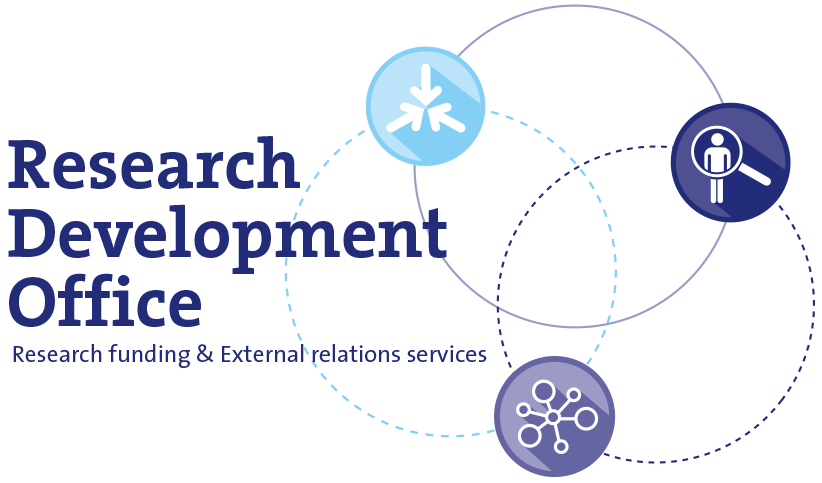The SAFE-Trial for brain cancer: Awake surgery versus anesthesized surgery
Project summary
A surgeon normally removes not only the cancer tissue, but also some of the surrounding tissue in order to increase the chance that all cancer cells have been removed. For brain tumors, however, the consequence of removing healthy tissue can be catastrophic (loss of important functions and thus quality of life), while leaving cancerous tissue reduces life expectancy, so surgeons are often in a dilemma as to how much tissue to remove where.
An awake operation may offer help. If the patient is wakened briefly during the operation, the neurosurgeon can test whether certain tissue has important functions using weak electrical impulses while asking the patient to perform certain tasks. This allows the surgeon to remove cancerous tissue much more precisely. This technique is already used with benign brain tumors, but not yet for cancerous lesions because solid data is not yet available.
Impact
More efficient removal of cancerous lesions in the brain can lead to increased quality of life and/or increased life expectancy.
More detailed information
Principal Investigator:
Role Erasmus MC:
Coordinator
Department:
Project website:
Funding Agency:
KWF Kankerbestrijding



